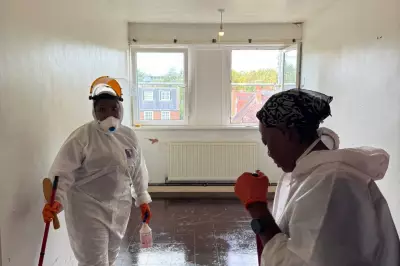
In a stunning scientific breakthrough that reads like an archaeological thriller, researchers have extracted and analysed ancient DNA from a 3,500-year-old Egyptian mummy housed within the prestigious Louvre Museum in Paris.
The Silent Witness Speaks
This remarkable genetic investigation, detailed in a recent report by Le Parisien, has allowed experts to peer through the veil of time and uncover secrets that have remained hidden for millennia. The mummy, which has been part of the Louvre's extensive Egyptian collection for generations, has finally revealed its most intimate details through cutting-edge genetic sequencing technology.
Rewriting Ancient History
The DNA analysis has provided unprecedented insights into the individual's life, health, and origins. Scientists can now determine everything from genetic ancestry to potential diseases that may have affected this ancient Egyptian during their lifetime. This information challenges previous assumptions and adds new layers to our understanding of ancient Egyptian society.
What makes this discovery particularly significant is the preservation of viable genetic material despite the immense age of the remains and the mummification process. The successful extraction demonstrates how far ancient DNA technology has advanced, opening new possibilities for studying other museum specimens worldwide.
A New Chapter for Museum Collections
This breakthrough represents more than just a single discovery—it heralds a new era for museum collections globally. Institutions like the Louvre now have the potential to unlock genetic secrets from their most precious artifacts, transforming silent exhibits into rich sources of historical data.
The research methodology, combining archaeological expertise with state-of-the-art genetic analysis, sets a new standard for how museums can approach their collections. This interdisciplinary approach promises to revolutionise our understanding of ancient civilisations without damaging the integrity of these priceless artifacts.
As technology continues to advance, we can expect many more museum pieces to yield their long-held secrets, rewriting history books and deepening our connection to the ancient world.





